The history of America’s political parties changing their names parallels the history of America.
There were Whigs and Federalists before there were Democrats and Republicans.
Whatever else they represented historically, the name changes were nowhere near as radical as what has happened to the meaning of the Democratic and Republican parties in the last 40 years.
These changes of meaning indicate that while once they represented alterations in philosophy and policies, today, they appear to represent changes to the very act of governance.
The changes exist in both national parties: in one, a total disregard for what “Republican “ has meant in the past 100 years and a desire to limit government in every area until it means less and less to the society itself; in the other, the idea that ‘progressive ‘ no longer means what it once meant – idealistic, forward looking and pragmatic – but instead the opposite…” idealistic in the want” but unable to deal with the practical reality and strategies to make that” want” happen in the way it is imagined.
A pragmatic politician is one who assesses a complete picture of what exists in order to decide what might be altered for greater success. There are some such politicians in each party but you need a magnifying glass to find them…instead other voices dominate.
SPLITS
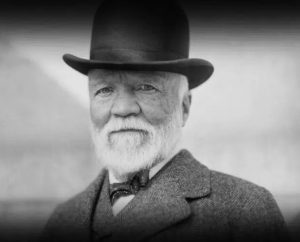
As America industrialized, immigrants from northern Europe flowed into the US. Manufacturing jobs were plentiful. The expansion of cities was a national effort. Coal was the primary source of power. Unions formed to find some equity and decent working conditions for auto, farm, mining and construction workers.
The Democratic Party became the political arm of the working class; the Republican Party formed an alliance with corporate and industrial power to insure its position.
There was no question about the political affiliations of both.
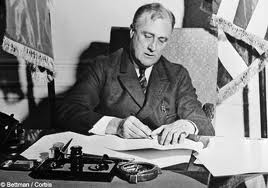
Notwithstanding that forward movement, fiercely conservative Southern Democrats fought endlessly and often successfully to maintain the inequalities of race. There were liberal and conservative Republicans involved in both camps.
Liberal forces developed in the Midwest – the progressives in Bob LaFollette’s Farmer-Labor party in Minnesota, from which Hubert Humphrey would emerge. They supported the work of the Democratic Party and teamed, though nor directly, with the very liberal-left forces of Democrats living in the Westside neighborhoods of New York City. These forces for liberalization approached policies with both ideology and practical means of making positive change happen.
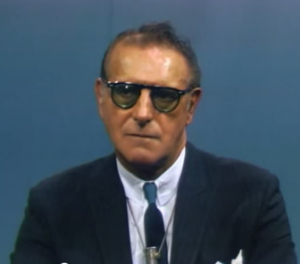
The ability of the Democratic Party to hold such a variety of approaches to the management of government indicated that all elements in the party understood that government had greater power and resources than any other institution in the country and was the means to achieving both good and evil and so had to be controlled. The party was focused on winning votes …promising much to a working class that wanted much but delivering as much as it wanted.
Today, that Democratic Party seems to no longer exist. Instead, there is an essential drift of meaning from the blue collar working class to the educated white collar worker. The drift is so apparent that the Democrats are now defined as the party of the elite…and the Republican Party has begun to attract the working class voter – especially in the worlds of Blacks and Hispanics. This is true despite the Republican Party’s alliance with corporate America and the enormous shift to the anti-government right wing so visible in Charlottesville, in Washington on January 6th and in a Congress now led by Squeeker Kevin McCarthy.
And what of the Republican shift?
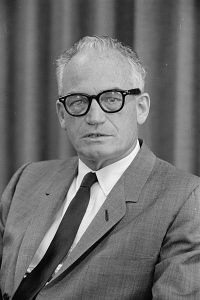
Instead, the party went further to the right as it backed Ronald Reagan’s essentially racist push working with the Evangelical Right to win the Presidency against one term Democratic President Jimmy Carter – a conservative Democrat from Georgia.
In recent Letters to the Editor columns in the New York Times, readers excoriated Republican columnists David Brooks and Brent Stephens following their joint column blaming Donald Trump for destroying the Republican Party they have known and supported.
One reader reminded them of the clear line between Richard Nixon’s southern strategy, Reagan’s welfare queens in Cadillacs, Poppy Bushes Willie Horton, the Newt Gingrich closure of government, Dick Cheney’s role commanding most of the corridors of power in government and then Trump simply following the decades-long attempt to vilify and undermine governance, the Constitution, regulation, expertise, the environment, women, the poor, immigrants, minorities and democracy itself.
Another reader pointed to the fact that the Republican Party harbored both Joe McCarthy and now Kevin McCarthy and his penchant for such people as Marjorie Taylor Greene, and what she and a handful of anti-government congressmen are working to do.
And of course, there is the matter of George Santos.
The Republican Party is now under the control of a handful of House members who are in a position to control the party completely. Whether MAGA Republicans can ever retake control will be settled when the Republican Party selects its next Presidential candidate.
IN NEW YORK
The Republican Party barely exists in New York City.
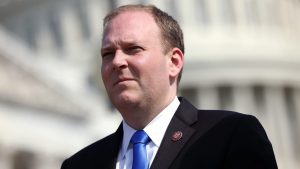
In the city itself, the Republican Party’s last two candidates for Mayor were then Assemblywoman Nicole Malliatokis and radio talk show host Curtis Sliwa…both lost with only about 30% of the city-wide vote.
As for the Democratic Party both the Democratic Governor and Democratic Mayor are as yet unable to either control or even influence the State Legislature and City Council which are both totally controlled by Democrats, who see governance from their idealistic points of view without any ability to understand the practicality of how government works.
THE LIBERAL PARTY
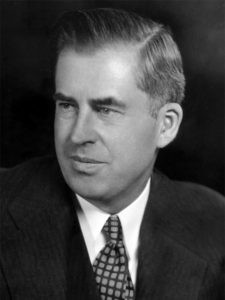
FDR went into the ALP to find union members who were not in accord with that direction and came up with a group that formed the Liberal Party along with liberal lawyers, educators and theologians.
What they did in the following twenty years was to provide New York State legislators with an annual 75 page description of laws and policy suggestions that led to a remarkably liberal thrust to produce fair labor laws, trade policies, more money for teachers, fair loan agreements and rentals for the working class.
Many of these laws and policies spread across the country making New York the true Empire State.
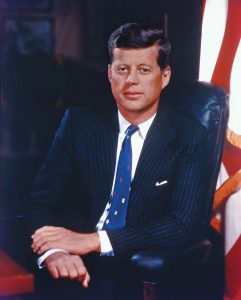
The Liberal Party supported liberal Republicans like John Lindsay, Jacob Javits, Bill Green, Louis Lefkowitz and while it could not openly do so, Nelson Rockefeller.
But after 40 years, changes made in the 1980’s brought new leadership to the party and an end to the focus on policies. The new leadership committed itself to the election of candidates to city, State and Federal offices.
In time, its candidates ballot add-ons to major party candidates and that shift also included the actions pf the Conservative Party, formed by Republicans to assist the Republican Party and using the success of the Liberal Party as its model.
With what has happened to New York politics, that approach is now history.
The Liberal Party is now returning to its origins and will soon issue policy statements on housing, education and healthcare. What it once did so successfully and with such social and political impact, it plans to do again.

“Speaking” of nomenclature…
A few years ago, some on what may be called the American anti-left, notably Rush Limbaugh, called the Democratic Party the Democrat Party. Nowadays those who use that latter name identify themselves thereby as surely as if they were wearing anti-left armbands.